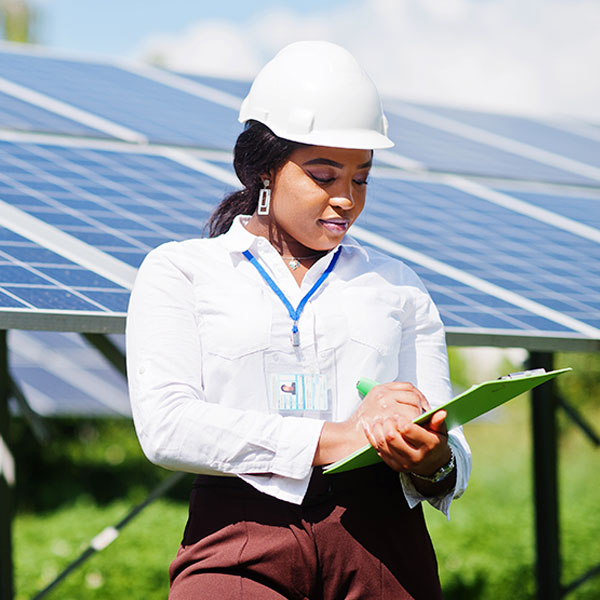
ARTICLE
The Energy Storage Opportunity for Electrical Contractors
By Jesse Vanderhoof | January 11, 2022
Read Time: 3 Minutes
There’s no doubt that in today’s market we’re seeing a growing demand for solar energy. With that comes a growing need for energy storage.
Solar Energy Industries Association (SEIA) has set the goal of solar energy achieving 20% of U.S. electricity generation by 2030. Solar power will be essential to helping the U.S. achieve net-zero power sector emissions by 2035. As renewable energy capacity increases, ramping up energy storage on the U.S. grid will be critical.
The electrical contractor market is responding to these trends, particularly when it comes to meeting the needs of commercial, industrial and manufacturing companies.
Electrical Contractors and Trends in Renewables
A strong market trend is the increase in retrofitting of existing commercial systems with energy storage. Contractors who completed projects in years past are returning to the completed projects to add batteries to the existing systems.
Similarly, we continue to see increasing demand for renewable energy solutions paired with battery storage. When our customers are presenting solar to their customers, they often forecast and propose energy storage as well.
There is a clear demand for general knowledge about energy storage. Longtime solar and electrical contractors are interested in becoming familiar with high-quality brands so they, in turn, can promote the best products and solutions to their customers. As storage continues to gain traction and grow, thanks to federal and state programs and incentives, there is a need for training across the energy industry.
With electric vehicles (EVs) becoming more prominent, businesses are evaluating the impact that charging infrastructure might have on their facilities. Because of severe weather events like winter storms or summer power outages, electrical contractors are being asked to deliver solutions that stabilize and protect their customers’ power supply.
The opportunity of EV charging with storage technology is exciting because, together, they enable both short- and longer-term objectives of building out the infrastructure to support charging networks. Contractors can find new value streams while helping their customers meet their sustainability goals.
Energy Storage Best Practices to Scale and Build Systems
Getting assistance with energy storage system design early in the process is ideal. This allows contractors to weigh the economics of installing solar now and/or adding storage later. For example, photovoltaic (PV) could be installed with additional plans to add storage later. If EV charging is a key component, it’s important to make sure that infrastructure for EVs could be implemented into the plan from the beginning.
Some of the best practices we have seen come from frequent communication with our energy storage partners. Training and certification are essential to keeping projects productive and profitable. Stem, Inc., a smart energy storage company, offers educational training and certifications through their online university. It is important to work with a partner that can make technical recommendations pre- and post-install to help ensure a successful project.
Wesco has partnered with top-tier manufacturers that offer energy storage as part of our portfolio. These collaborative relationships allow us to also offer a complete package including electric vehicle charging, modules, racking, inverters and other hardware.
Together, Wesco and Stem, Inc. provide solutions and equipment for behind-the-meter (BTM) and front-of-meter (FTM) energy storage projects. Learn more about how Wesco's solar plus storage solutions can improve your project execution.


ABOUT THE AUTHOR
Jesse Vanderhoof
Jesse Vanderhoof is the National Solar Sales Director at Wesco and is based out of Sacramento, CA. He has been in the solar industry for more than 18 years and has been with Wesco since early 2014.